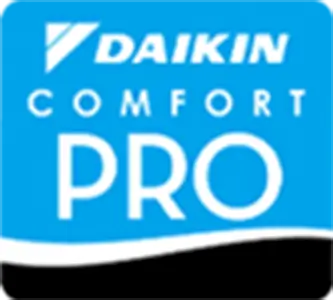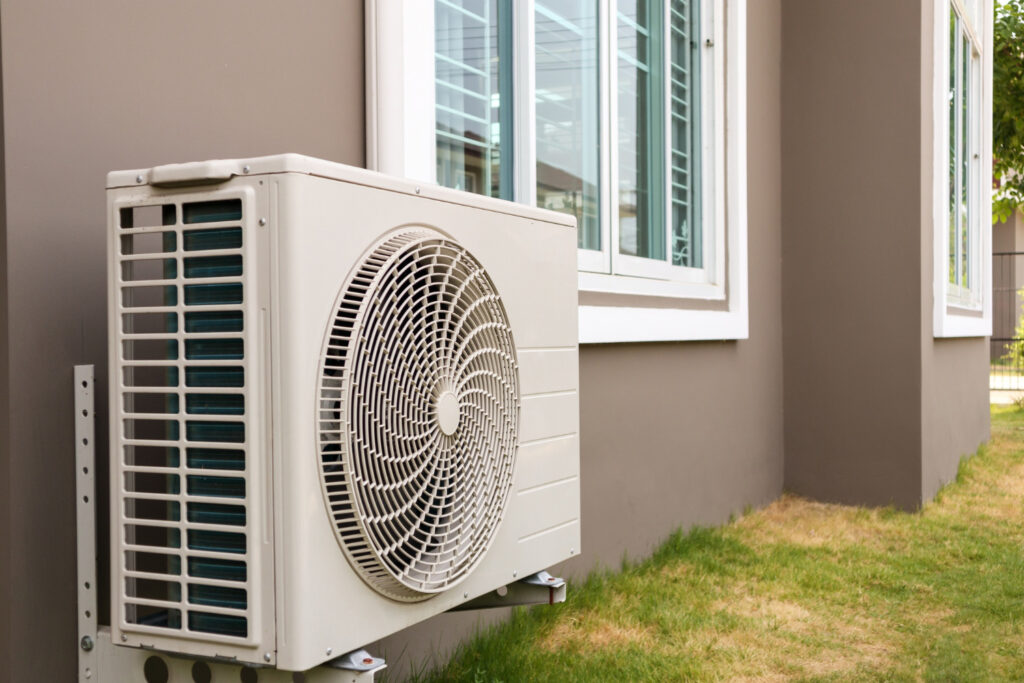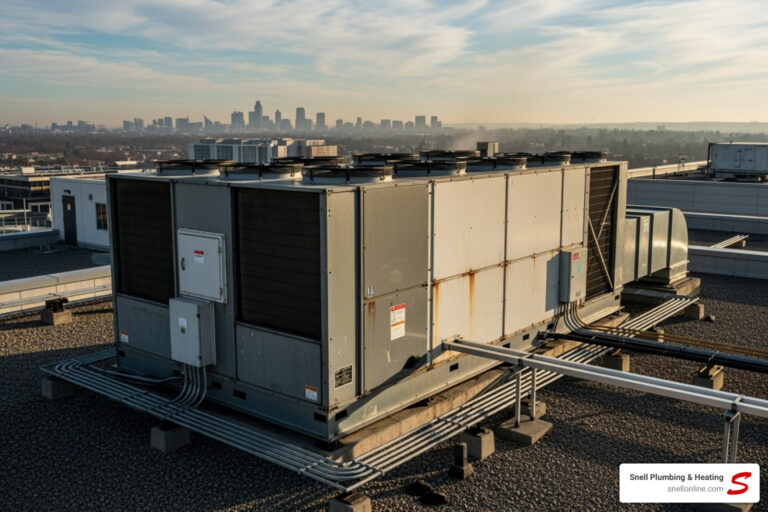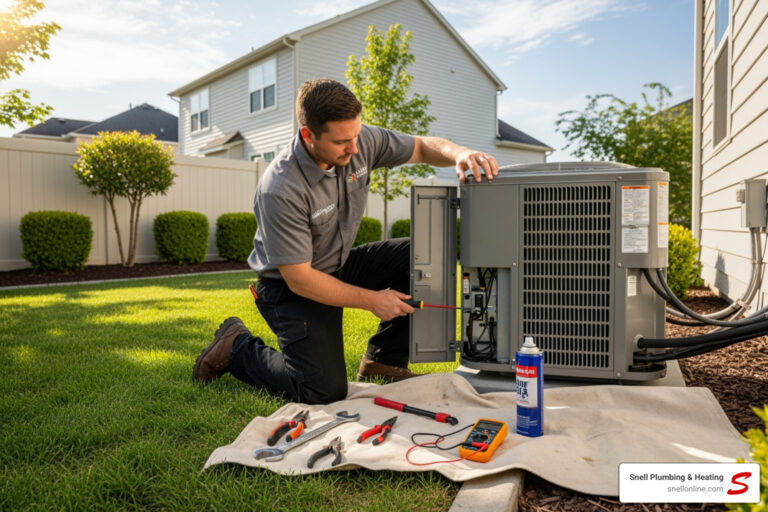Geothermal cooling is an innovative way to keep homes comfortable while reducing energy costs. It works by tapping into the earth’s constant underground temperature to exchange heat, providing efficient cooling throughout the warmer months. Many homeowners in Springfield are exploring this option, intrigued by its potential for both economic and environmental benefits. Utilizing the stable temperatures found below the earth’s surface, geothermal systems offer a sustainable and energy-efficient solution as opposed to traditional air conditioning methods.
Understanding how ground temperature affects geothermal cooling is crucial for homeowners considering or using these systems in Springfield. The natural insulating properties of the ground create a stable energy source that can significantly impact the performance of a geothermal cooling system. By understanding and leveraging these effects, residents can enhance the efficiency of their cooling systems, improve home comfort, and contribute to a cleaner environment.
How Geothermal Cooling Works
Geothermal cooling operates on a relatively simple principle. It uses the stable temperatures found just below the earth’s surface to regulate a home’s temperature. Although the outdoor air temperature can fluctuate significantly with the seasons, the ground temperature remains relatively constant year-round. This stability is key to geothermal systems.
A geothermal cooling system consists of three main components: ground loops, a heat pump, and ductwork. The ground loops are pipes buried underground, filled with a water-based solution. These loops absorb or dissipate heat to the earth, depending on the season. In cooling mode, the system extracts heat from the indoor air and transfers it to the ground via the loops.
Here’s a simplified breakdown of the process:
– The heat pump located inside the home pulls heat from the indoor air.
– This heat is moved through the ground loop system.
– The ground acts as a heat sink, absorbing the heat and keeping the indoor environment cool.
– The cooled air is then circulated back into the home through ductwork, ensuring consistent comfort.
This setup not only provides effective cooling but also offers an eco-friendly option by reducing reliance on fossil fuels and lowering carbon emissions. Unlike traditional air conditioners that rely on outdoor air, geothermal cooling systems maintain efficiency even during extreme heat, making them an excellent choice for Springfield’s summer climate.
The Impact of Ground Temperature
The efficiency of a geothermal cooling system largely depends on the ground temperature. In Springfield, seasonal changes can affect how well these systems perform. Cooler spring temperatures can enhance the system’s ability to dissipate heat into the ground, improving cooling efficiency. Conversely, as the summer heat intensifies, the ground temperature might slightly increase, affecting system performance.
Understanding these variations can help homeowners make informed decisions about system installation and maintenance. Consider these aspects:
– Ground temperature remains relatively stable, providing a consistent cooling source regardless of surface temperature fluctuations.
– Seasonal variations can slightly alter ground temperatures, making regular assessment and adjustment of the system beneficial.
– Local climate conditions in Springfield may create unique challenges for geothermal systems, requiring tailored solutions for optimal performance.
By acknowledging and adapting to the impacts of ground temperature, clients can maximize the benefits of geothermal cooling, ensuring comfort and efficiency throughout the season.
Benefits of Geothermal Cooling in Springfield
For homeowners in Springfield, geothermal cooling offers several advantages. One of the most attractive benefits is energy efficiency and the potential for cost savings. By harnessing the ground’s consistent temperatures, these systems use up to 50 percent less electricity compared to conventional air conditioning systems. This translates to noticeable savings on energy bills, offering a long-term reduction in cooling costs for residents.
Environmental benefits are another strong point of geothermal cooling, as these systems have a smaller carbon footprint. By utilizing renewable energy from the earth, they significantly cut down on the emissions that contribute to air pollution. This greener approach to cooling can make a measurable difference in reducing one’s environmental impact.
In addition to economic and environmental benefits, geothermal systems provide enhanced indoor comfort and consistency. Unlike traditional systems that may struggle in extreme temperatures, geothermal cooling delivers a steady airflow that maintains a comfortable indoor climate year-round. Homeowners can enjoy peace of mind knowing that their cooling solution is both reliable and efficient in meeting their comfort needs.
Maintaining Your Geothermal System
Regular maintenance is key to ensuring the longevity and efficiency of a geothermal cooling system. While these systems offer many benefits, keeping them in optimal condition requires attention and care. There are several practices homeowners can adopt to maintain their systems effectively:
1. Schedule routine inspections to ensure the system is functioning correctly.
2. Make sure air filters are clean, reducing strain on the system and improving air quality.
3. Monitor the ground loop system for leaks or blockages that might impair performance.
By maintaining these components, homeowners can prevent potential issues before they arise and enhance their system’s lifespan. It’s essential to rely on qualified professionals to perform these tasks. Their expertise can help identify and resolve problems efficiently, avoiding costly repairs and ensuring the system continues to operate efficiently.
Optimizing Geothermal Cooling for Springfield Homes
Springfield residents can optimize geothermal cooling systems for their homes in various ways. Custom strategies tailored to local climate conditions can improve efficiency and performance. For instance, shading the area over the ground loops can help maintain cooler temperatures, boosting efficiency during the peak of summer.
There are factors to consider when planning a geothermal system installation, such as the layout of the property and specific cooling requirements. These considerations, combined with professional guidance, ensure that the system aligns with the homeowner’s cooling needs.
The long-term benefits and return on investment for Springfield residents are significant. A geothermal cooling system not only provides immediate comfort and savings but also adds value to the home. As more people in Springfield adopt sustainable and efficient systems, geothermal cooling stands out as a forward-thinking choice for those looking to enhance their home’s cooling efficiency in an eco-friendly manner.
To keep your home comfortable all summer, consider scheduling regular upkeep with Snell Plumbing & Heating and learn more about geothermal cooling in Springfield to see how these systems can improve your indoor climate while lowering energy costs. For a quick estimate or to book a service visit, please contact us today.





